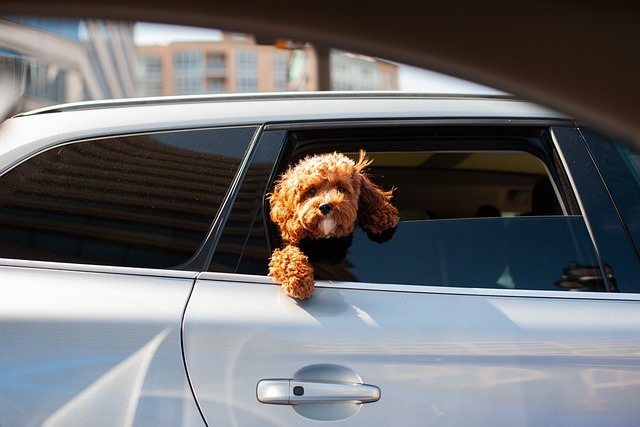
Dog Car Safety: Choosing the Right Restraints for Safe Rides
For many pet owners, dogs are more than just animals—they’re cherished family members. Whether it’s a short trip to the vet, a weekend getaway, or a cross-country road trip, taking your dog along for the ride is a common practice. However, ensuring your furry companion’s safety in the car is just as important as protecting any human passenger. Just as seat belts and car seats keep people safe, the right restraints can prevent injuries and fatalities for dogs in case of an accident. This guide will help you understand the importance of dog car safety and how to choose the best restraint for your pup.
Why Dog Car Safety Matters
Unrestrained dogs in cars pose significant dangers to themselves, their owners, and others on the road. In an accident, a loose dog can become a projectile, causing serious injuries. Even a minor collision or sudden stop can result in trauma if a pet is not properly secured. Here are some key reasons why dog car safety is crucial:
- Prevent Injuries: Proper restraints minimize impact forces and prevent ejection from the vehicle in the event of an accident.
- Reduce Distractions: Unsecured pets can climb onto the driver’s lap, obstruct visibility, or cause other distractions that lead to accidents.
- Follow the Law: Some states and countries have regulations requiring pets to be restrained while traveling in vehicles.
- Protect Other Passengers: A pet bouncing around in the car can injure passengers, especially children.
Types of Dog Car Restraints
There are several types of restraints designed to keep dogs safe in vehicles. The best choice depends on your dog’s size, breed, and behavior. Below are the most effective options:
1. Dog Seat Belts and Harnesses
Dog seat belts typically attach to a harness and clip into a standard seat belt buckle or a latch system. A crash-tested harness should be used with these belts to provide maximum protection.
Pros:
- Prevents dogs from moving around freely in the car.
- Reduces injury risks in sudden stops or crashes.
- Works well for medium to large dogs.
Cons:
- Some dogs may not tolerate being restrained.
- Not all harnesses are crash-tested—always check for certification.
2. Dog Car Seats
Dog car seats are specially designed seats with built-in harnesses or tethers to keep small dogs secure. They often come with padded interiors for added comfort.
Pros:
- Elevates small dogs, providing a better view.
- Helps reduce motion sickness.
- Provides a secure and comfortable ride.
Cons:
- Only suitable for small to medium-sized dogs.
- Must be securely attached to the car to be effective.
3. Crates and Carriers
A well-ventilated, crash-tested crate or carrier is one of the safest options for transporting dogs, especially for long trips. They should be secured in the car, ideally in the back seat or cargo area, using seat belts or straps.
Pros:
- Provides maximum protection in case of an accident.
- Keeps dogs from distracting the driver.
- Ideal for anxious dogs that feel safer in enclosed spaces.
Cons:
- Requires sufficient space in the vehicle.
- Some dogs may resist being crated.
4. Vehicle Pet Barriers
For larger dogs, pet barriers can be installed between the back seat and the cargo area of an SUV or hatchback. These barriers prevent dogs from being thrown forward in an accident.
Pros:
- Keeps dogs in a designated area of the car.
- Allows dogs to move around without becoming a distraction.
- Good option for very large breeds.
Cons:
- Does not provide restraint in case of a crash.
- Dogs can still be injured if thrown against the barrier.
How to Choose the Right Restraint
Selecting the best restraint for your dog depends on several factors:
- Size and Weight: Small dogs may be better suited for car seats or harnesses, while large dogs may require crates or barriers.
- Temperament: Anxious dogs might do better in a crate, while well-behaved dogs may be fine with a harness and seat belt.
- Crash-Tested Certification: Always look for crash-tested and safety-certified products to ensure maximum protection.
- Car Compatibility: Make sure the restraint you choose fits properly in your vehicle.
Tips for Safe Travel with Dogs
- Acclimate Your Dog to the Restraint: Let your dog get used to the harness, crate, or seat before long trips.
- Take Frequent Breaks: Stop every few hours to let your dog stretch, drink water, and relieve themselves.
- Never Leave Your Dog Alone in the Car: Even on mild days, temperatures inside a car can rise to dangerous levels quickly.
